How to Find an Old or Neglected 401k Account
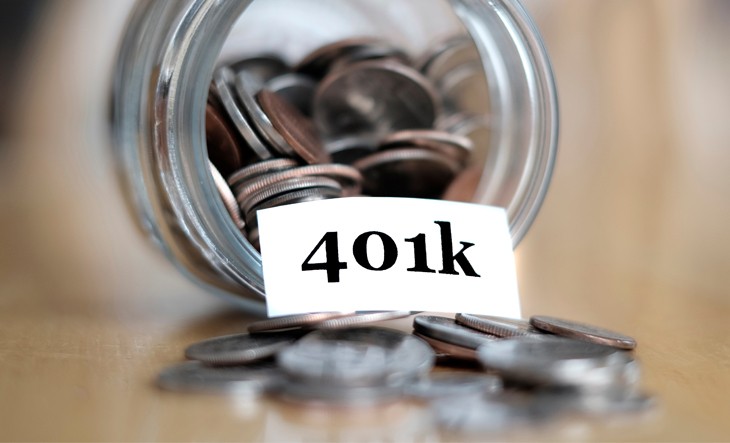
Retirement planning often starts with your very first job. That is usually when you sign up for your first 401(k). A 401(k) is a company-sponsored retirement plan that helps you save and invest for the future. Over time, as you change jobs, you may be offered a new 401(k) plan through your next employer. When that happens, you typically have two options – you can either roll over your old 401(k) into the new plan or leave the old account where it is.
Now, if you choose to leave it behind or simply forget to take action at the time, you are not alone. There have been many before you and likely many after you! It is incredibly common to lose track of an old 401(k), especially if it has been years and life has moved on. But your money is still out there. Even if you have forgotten about it, that old 401(k) account could be quietly growing, and it can still play a big role in your retirement.
This article will walk you through exactly how to find a lost 401(k) account and what to do with it once you locate it, so no hard-earned dollar of yours is wasted.
First things first, let’s understand how a 401k works
A 401(k) is an employer-sponsored retirement savings account. That simply means it is a benefit offered by your workplace. While not every employer provides it, many do it as a way to help employees save for retirement and also to boost retention and lower a company’s attrition rate.
Here’s how it works:
You contribute a portion of your paycheck to the account, and in many cases, your employer will match a percentage of that contribution. For example, they might match 50% of what you put in up to a specific limit. The money you both contribute is typically invested in a selection of funds offered within the plan. This could include target date funds, index funds, mutual funds, and sometimes even individual stocks or bonds. This money grows over time through compound returns, which helps you retire comfortably.
Now, most 401(k)s are traditional accounts, which implies that they are funded with pre-tax dollars. So, your contributions lower your taxable income in the year you make them, but you have to pay taxes when you withdraw the money in retirement. Withdrawals are generally allowed without penalties after the age of 59½. Some employers also offer a Roth 401(k) option. With this, you contribute after-tax dollars, so you do not get a tax benefit now, but your withdrawals in retirement are tax-free.
When you leave a job, your old employer stops contributing to your 401(k), and you cannot make new contributions to that account anymore. But the money you have already saved stays in the account and can continue to grow. You have a few choices at this point:
- You can leave it where it is
- Roll it over into your new employer’s 401(k), or
- Move it into an Individual Retirement Account (IRA)
Some people may also forget about their old accounts entirely, especially if they have changed jobs multiple times. And that is exactly what we are here to help you fix.
How do I find my retirement accounts, like the 401(k)?
1. Contact your old employer and see if they can offer some information about your lost 401k benefits
If you are trying to track down an old 401(k), the first place to start is with your former employer. In many cases, they may still be operating and likely still work with the same 401(k) provider. The human resources or benefits department can usually tell you whether you have an account with them and guide you on the next steps.
If you are still in touch with a former manager or coworker, you can ask them who handles retirement plans at the company. This insider information can help you skip a lot of back-and-forth and get straight to the right contact. When you do reach out, be ready to provide some key details like your full name, dates of employment, and your Social Security number. This information can help the HR team locate your records more quickly.
But what if the company no longer exists? Or if it has been years and you have lost touch? You could have even moved to a different state. Do not worry, you still have options. If the company was acquired or shut down, your 401(k) assets likely did not just disappear into thin air. Your money is still out there.
In these situations, calling your old employer might not work, but there are other steps you can take, which are covered next.
2. Reach out to the 401(k)’s plan administrator
If contacting your old employer does not lead you anywhere, the next best step is to get in touch with the 401(k) plan administrator. Every 401(k) plan has one. The administrator is the one behind the scenes taking care of tasks like processing investment changes, sending out account statements, etc. Plan administrators are also responsible for making sure the 401(k) follows all federal laws, including the Employee Retirement Income Security Act (ERISA). So, if your money is sitting somewhere in a forgotten account, they are the ones who can help you track it down and tell you what your options are.
To find out who the plan administrator is, you can start by digging up any old 401(k) paperwork. This could be a welcome packet from when you first enrolled, account statements, or even an email confirmation from years ago. If you have old pay stubs lying around, check those too. Sometimes, the plan provider is listed right there.
Once you have a name, go online and search for their official website. Most plan administrators have dedicated portals where you can log in or request help. You will likely need to provide some personal information, including your full name, the name of your former employer, and possibly your Social Security number, to verify your identity and locate your account.
3. Check the Department of Labor Abandoned Plan Program
You can run the Employee Benefits Security Administration (EBSA) program to track retirement plans that no longer have an active sponsor or administrator. ERISA is a division of the U.S. Department of Labor. If your plan was orphaned, it can be tricky to find them by contacting the employer or administrator. This is usually the case when a company is closed or goes bankrupt.
Thankfully, the EBSA has created a searchable Abandoned Plan database that you can use to locate these lost retirement accounts. You can search the database using several pieces of information, such as:
- Your former employer’s name
- The official name of the retirement plan
- Location details like the city, state, or ZIP code of the employer or plan manager
- The name of the bank, insurance company, or financial institution that may have been in charge of the plan
The search results can help you figure out whether the plan has been taken over by a Qualified Termination Administrator (QTA) and how to get in touch with them to access your funds.
Another helpful tool to find lost 401k benefits is the company’s Form 5500. This is an annual report that employee benefit plans are required to file with the Department of Labor. This form includes valuable details such as the plan administrator’s contact information during the time you were employed. You can look this up through DOL’s online database as well.
4. Look up unclaimed property databases
There is another great option you should explore - your state’s unclaimed property database. Every state in the U.S. maintains a database of unclaimed property, which includes things like insurance proceeds, forgotten bank accounts, and, yes, even old retirement accounts. If a company tried to return your 401(k) funds but could not reach you if you moved or changed your name, your assets may have been turned over to the state.
All you have to do is search online for:
“[your state] unclaimed property”
Also, make sure the website you are using, its URL ends in “.gov”. That is how you know it is the official state-run site.
These databases are free to use, and if your name pops up, the site will guide you through the process of verifying your identity and claiming your money.
In addition to state databases, you should also check the National Registry of Unclaimed Retirement Benefits. This is a free service that helps people find retirement plan balances they may have forgotten about. You do not even need to remember the name of your former employer. You can simply search by your name and Social Security number. You can also search by state or province, which makes it especially helpful if you have moved around over the years.
5. Check the Pension Benefit Guaranty Corporation (PBGC)
Another helpful place to search for old retirement plan benefits is the Pension Benefit Guaranty Corporation (PBGC). This is a government agency that protects retirement incomes for workers in private-sector defined benefit plans.
Here’s an overview of the process:
If your former employer ended its retirement plan and you never received your benefits, your unclaimed money will not be swallowed down by the system. Instead, there is a good chance that it might have been transferred to PBGC. PBGC holds these funds until the rightful owner (in this case, you) claims them. So, if you think you had a pension or retirement plan from an old job, it is definitely worth checking out this platform.
You may be eligible to use the PBGC if you worked for:
- A defined contribution plan like a 401(k) that was terminated
- A private company with a defined benefit plan (like a traditional pension)
- A small professional services plan
- A multi-employer plan maintained by several companies and a union
The PBGC’s search tool lets you look up your name and Social Security number to see if there are any unclaimed benefits in your name. If there is a match, the site will give you the next steps and tell you how to contact the PBGC to access your benefits. And do not worry if your name or Social Security number does not show up in the PBGC database. The site will still point you toward other tools and resources, like how to contact your former employer or financial institution to continue your search.
Now that you know how to find an old 401k, the big question is, what should you do with it?
Here are some of your options:
- Roll it over to a Roth IRA: If you want more control over your investments, rolling your old 401(k) into a Roth IRA could be a suitable move. Just remember, since 401(k) contributions were made with pre-tax dollars and Roth IRAs are funded with after-tax dollars, you will owe taxes in the year you convert. But there is also an upside. All your future withdrawals will be completely tax-free. Plus, you will gain flexibility and tax diversification in your retirement portfolio, which can be a boon in your golden years.
- Withdraw the funds if you are eligible: If you are 59½ or older and the account has been open for at least five years, you can take withdrawals without penalties. However, keep in mind that for traditional 401(k)s, the withdrawals will be taxed as ordinary income. So, you need to consider your tax liabilities when making this decision. And do not forget to account for Required Minimum Distributions (RMDs) that start when you hit 73.
- Roll it into your new employer’s 401(k): If you are still working and have a new 401(k) plan with your current employer, you can consolidate your old account into your new one. This can help you streamline your finances, manage your investment better, keep your funds in one place, and make it less likely that you will forget about them again in the future. Just check with your current plan administrator to confirm that rollovers are allowed. If they are, you can talk to your employer to find out more about the process.
- Talk to a financial advisor: If you are unsure about which option is best for you, get some professional advice on the matter. A financial advisor can help you weigh the pros and cons of each move based on your retirement timeline, tax bracket, and goals. You can use our free advisor match tool to find a qualified financial advisor who fits your needs.
No matter what you do with your funds, it is important to gain access to them at the earliest. This is your money, and it should not be kept underutilized. So, try the options mentioned here and get reunited with your long-lost 401(k) funds.







.jpg)

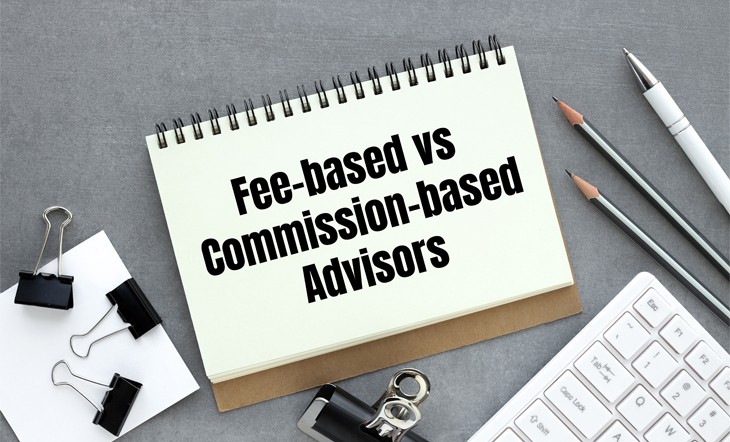











.jpg)
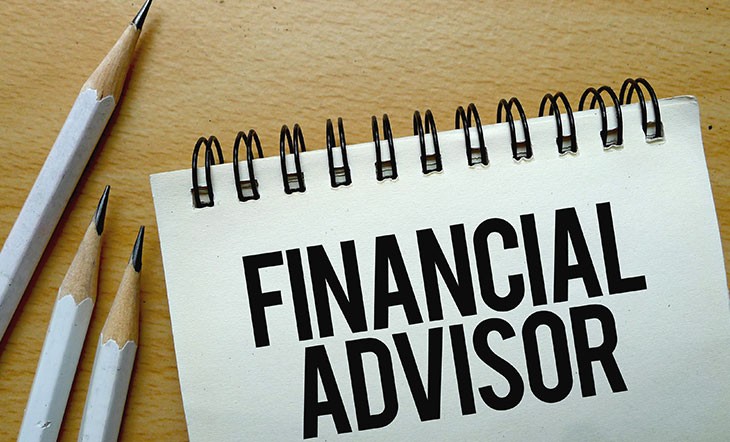




.jpg)


.jpg)


.jpg)














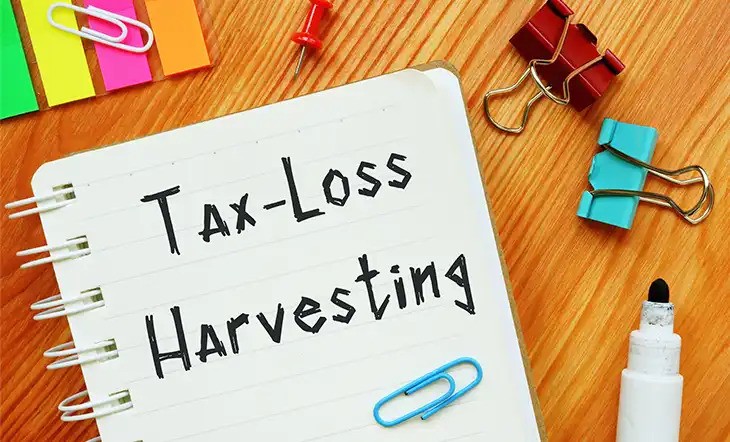
.jpg)





.jpg)




.jpg)


.jpg)

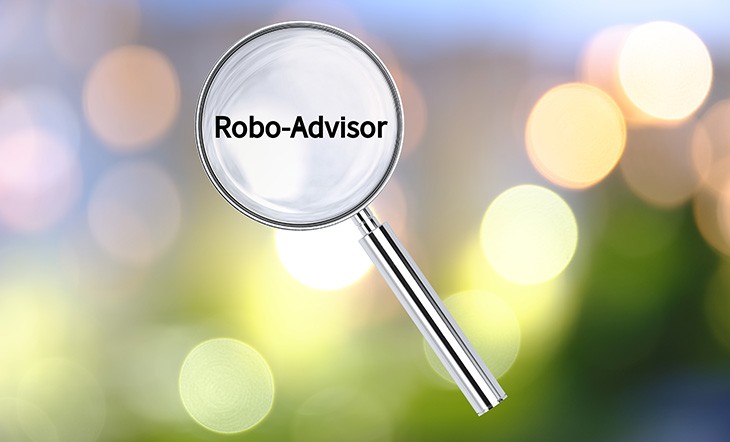



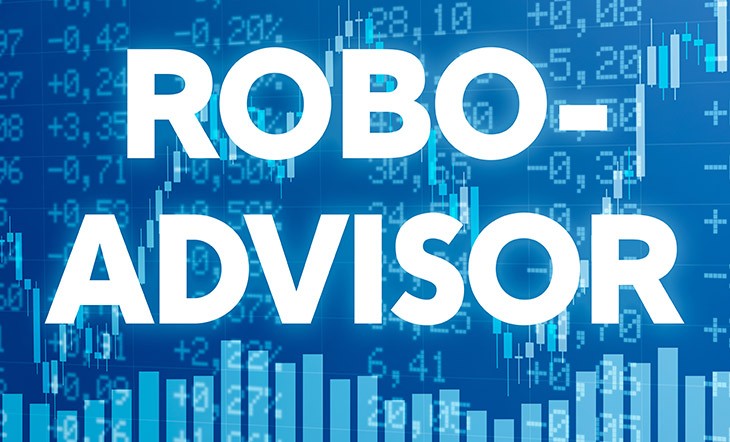
.jpg)

.jpg)






.jpg)

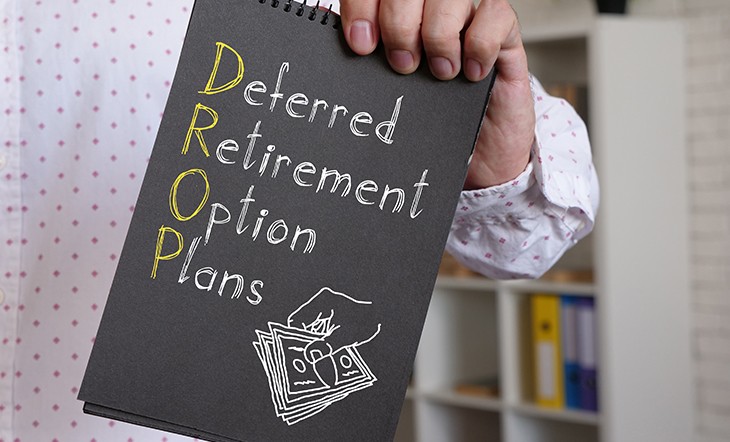

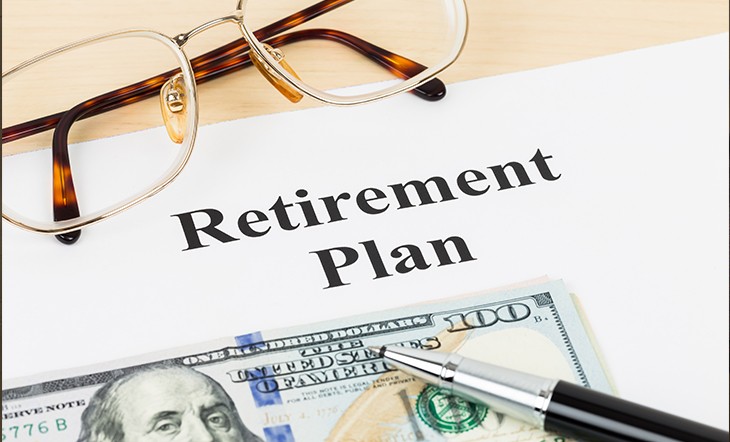
.jpg)

.jpg)



.jpg)



.jpg)


.png)
.jpg)
.jpg)





.jpg)
.jpg)
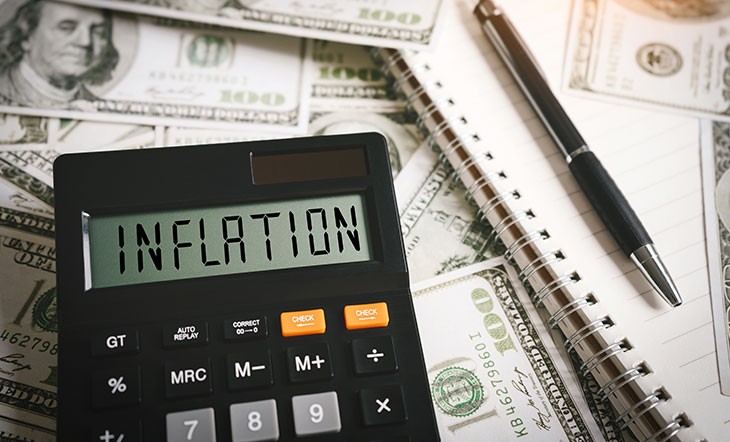
.jpg)
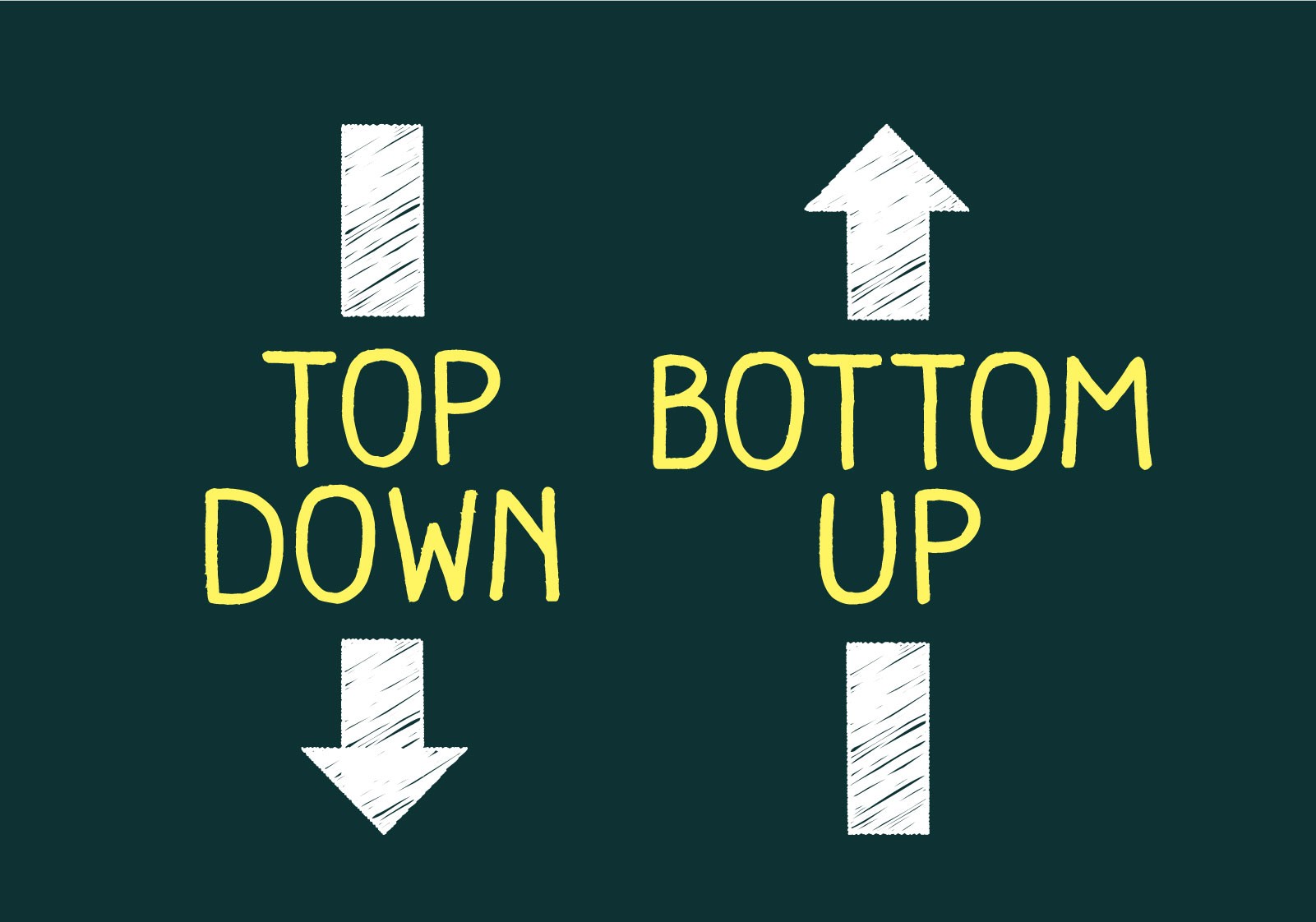


.jpg)

.jpg)

.jpg)
.jpg)
.jpg)

.jpg)

.jpg)




.jpg)


.jpg)


.jpg)

.jpg)
.jpg)
.jpg)
.jpg)
.jpg)

.jpg)

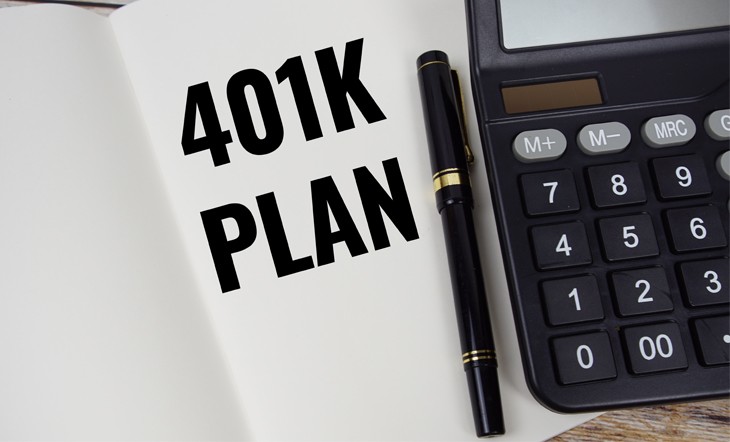


.jpg)
.jpg)


.jpg)
.jpg)
.jpg)
.jpg)

.jpg)
.jpg)














.jpg)

.jpg)




.jpg)

.jpg)












.jpg)



